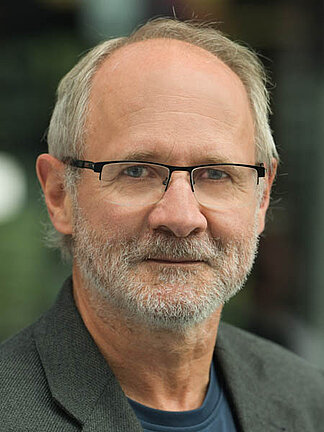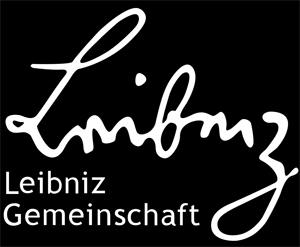Section Fundamental Description
Section Fundamental Description
Mission
The section Fundamental Description has the aim to provide deeper insight into crystal growth processes by numerical simulations, covering topics from atomic level and basic research up to the applied science on the industrial scale, for both in-house and external partners. The physical understanding of the bulk crystal growth is supported by model experiments on the lab scale in the frame of ERC starting grant for young researchers.
Research activities
The research activities include: development and optimization of the crystal growth processes and furnace prototype designs on the various scales with multi-physics coupling. The validation of numeric models is supported by low temperatures model experiments. On the atomic level, simulation of crystal defects and growth kinetics are contributing to the understanding of the critical aspects of the crystal growth. Various applications of AI came recently into the focus.
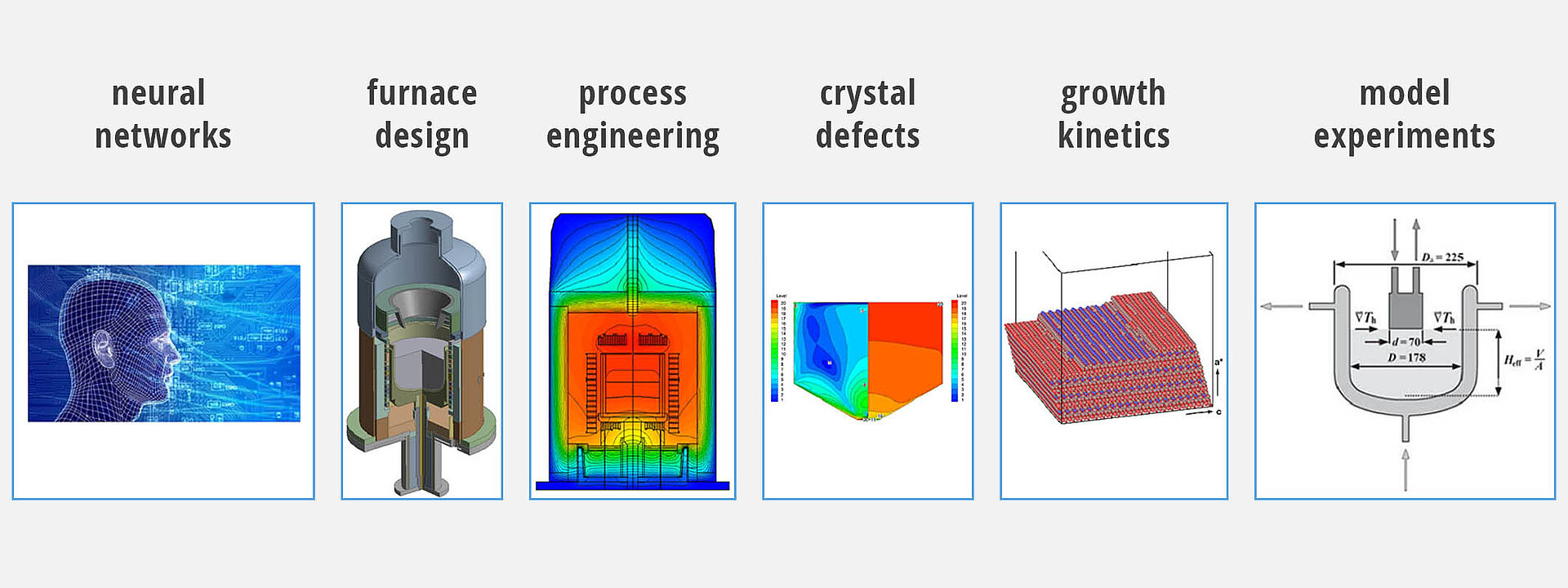
Head of Section
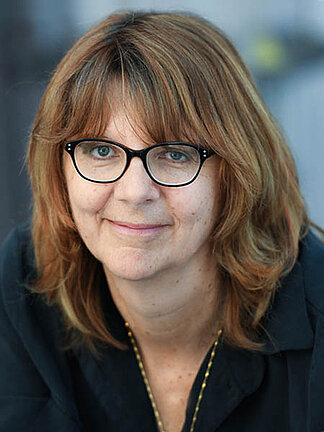
Topics
Junior Research Group "Model experiments"
Crystalline materials are produced in complex high-temperature processes involving a large variety of physical phenomena from heat transfer to fluid dynamics. We are working on a new generation of multiphysical models for these processes within the NEMOCRYS project funded by a Starting Grant from the European Research Council (ERC). The expected paradigm change in the way how we observe, describe and develop crystal growth processes will minimize the necessary experimental cycles and open new horizons for scientific analysis as well as for smart process control using artificial intelligence and other modern technologies.
We are developing a series of unique crystal growth setups for model materials to enable low working temperatures, relaxed vacuum-sealing requirements and hence an easy experimental access for various measurement techniques. The obtained in-situ measurement data are used to develop and validate multiphysical models, which are then applied for various crystal growth processes both on research and industrial scales. Furthermore, model experiments are employed to optimize the techniques for in-situ observation as well as to build a new basis for model benchmarking and for big data concepts in crystal growth.
Kaspars Dadzis, Olf Pätzold, Gunter Gerbeth
Model experiments for flow phenomena in crystal growth
Crystal Research & Technology, 55(2) (2019) 1900096
DOI: 10.1002/crat.201900096
Kaspars Dadzis, Paul Bönisch, Lamine Sylla, Thomas Richter
Validation, verification, and benchmarking of crystal growth simulations
Journal of Crystal Growth, 474 (2017) 171-177
DOI: 10.1016/j.jcrysgro.2016.12.091
Kaspars Dadzis, Gleb Lukin, Dagmar Meier, Paul Bönisch, Lamine Sylla, Olf Pätzold
Directional melting and solidification of gallium in a traveling magnetic field as a model experiment for silicon processes
Journal of Crystal Growth, 445 (2016) 90-100
DOI: 10.1016/j.jcrysgro.2016.03.037
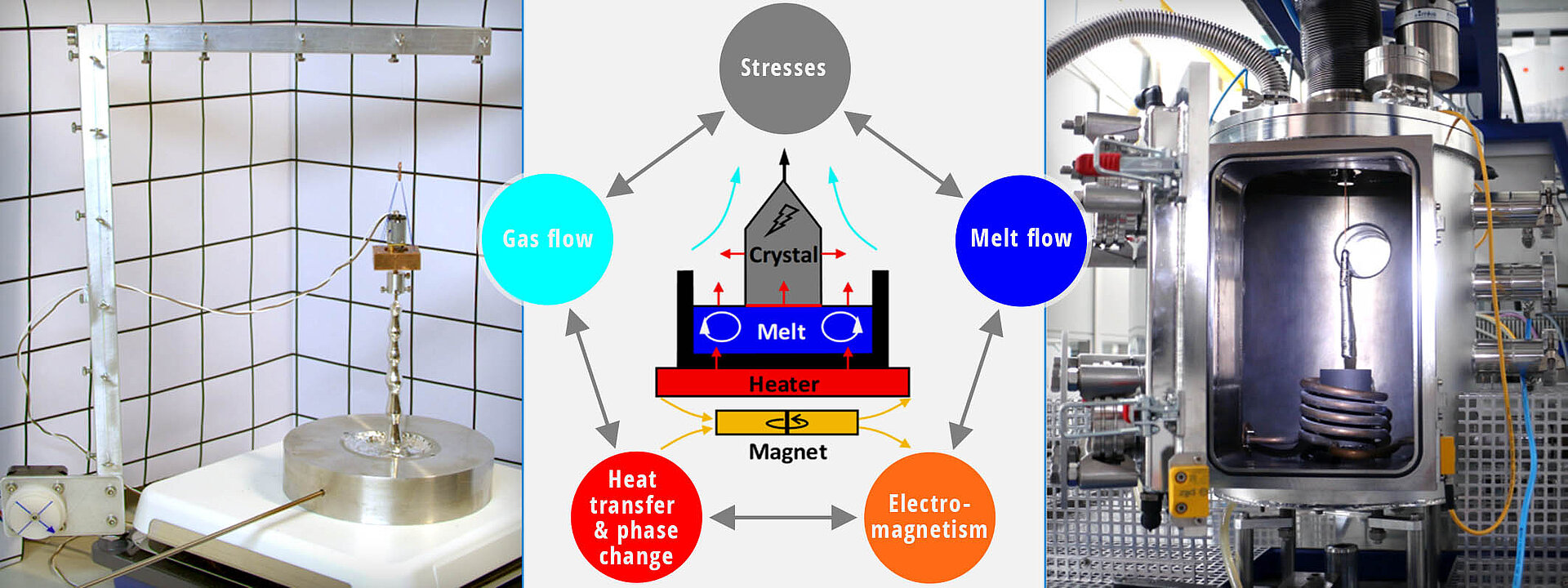
Contact
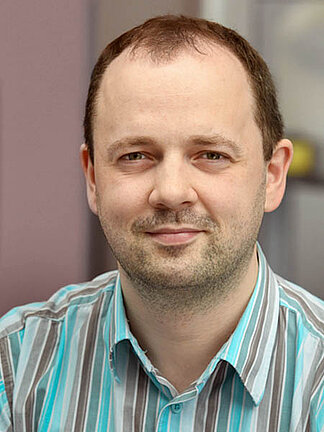
Artificial intelligence in crystal growth
Artificial intelligence (AI) based on artificial neural networks (ANN) can significantly reduce costs and shorten time for development of novel crystalline materials and crystal growth processes. The main reason for using ANNs is to quickly extract patterns and relationships in crystal growth data sets that are too complex to be noticed by other numerical techniques. The fast forecasting is crucial for the process control where in situ measurements of process parameters are not feasible.
The IKZ used static ANNs for parameter optimization in the magnetic driven growth of VGF-GaAs and DS-Si. A recent research topic was the application of dynamic neural networks for real-time prediction in the transient VGF-GaAs crystal growth process. For example, temperature distributions in the furnace as well as the position of the crystallization front during the growth can be quickly predicted. The AI application to other crystal growth topics is currently in progress.
Natasha Dropka, Martin Holena
Application of Artificial Neural Networks in Crystal Growth of Electronic and Opto-Electronic Materials
Crystals 10 (2020) 00663
DOI: 10.3390/cryst10080663
Natasha Dropka, Martin Holena, Stefan Ecklebe, Christiane Frank-Rotsch, Jan Winkler
Fast forecasting of VGF crystal growth process by dynamic neural networks
Journal of Crystal Growth 521(2019) 9-14
DOI: 10.1016/j.jcrysgro.2019.05.022
Natasha Dropka, Martin Holena
Optimization of magnetically driven directional solidification of silicon using artificial neural networks and Gaussian process models
Journal of Crystal Growth 471 (2017) 53-61
DOI: 10.1016/j.jcrysgro.2017.05.007
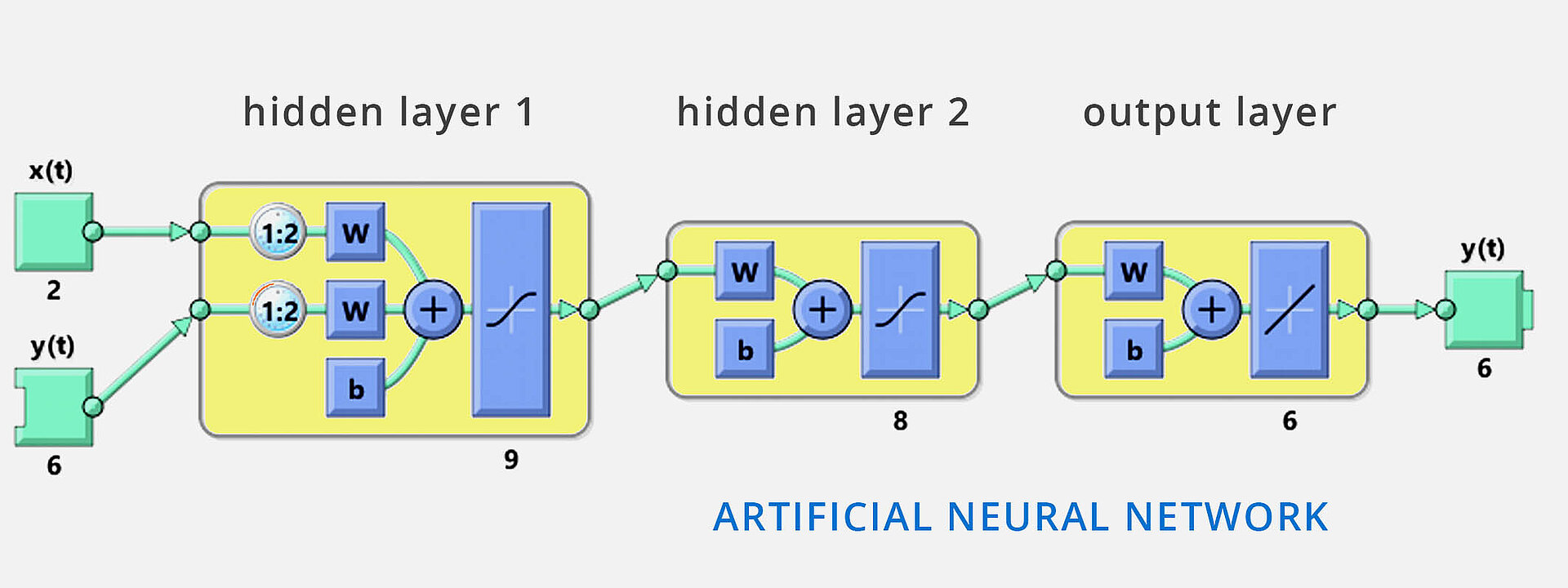
Contact

Growth Kinetics
Crystal Growth is a kinetic process where atoms are integrated in a crystal lattice. This takes place for growth of bulk crystals and for deposition of crystalline layers. Understanding the kinetic processes is of great importance for the structure and the properties of the material as well as for the process engineering. Numerical calculations provide a deeper knowledge in concjunction with specific characterization methods such as e.g. transmission electron microscopy (TEM) or atomic force microscopy (AFM).
Homoepitaxy of Ga2O3 is investigated with a spefically developed kinetic Monte Carlo (KMC) method: What is the impact of process parameters on growth rate and surface morphology, what are the dominating kinetic prcoesses?
Furthermore, phase field models are topic of our research, both for the melt/crystal phase transition and for epitaxial growth. We are developing a specific phase field model for the homoepitaxy of Ga2O3 based on the results of the computation with the KMC model.
Wolfram Miller, Dennis Meiling, Robert Schewski, Andreas Popp, Saud Bin Anooz, Martin Albrecht
A KMC model for homoepitaxial growth of Ga2O3
Phys. Rev. Research 2 (2020) 033170
DOI: 10.1103/PhysRevResearch.2.033170
Xiaofang Qi, Lijun Liu, Thècle Riberi-Béridot, Nathalie Mangelinck-Noël, Wolfram Miller
Simulation of grain evolution in solidification of silicon on meso-scopic scale
Comput. Mater. Sci. 159 (2019) 432-439
DOI: 10.1016/j.commatsci.2018.12.015
Oleg Weinstein, Alexander Virozub, Wolfram Miller, Simon Brandon
Modeling anisotropic shape evolution during Czochralski growth of oxide single crystals
J. Crystal Growth 509 (2019)71-86
DOI: 10.1016/j.jcrysgro.2018.12.019
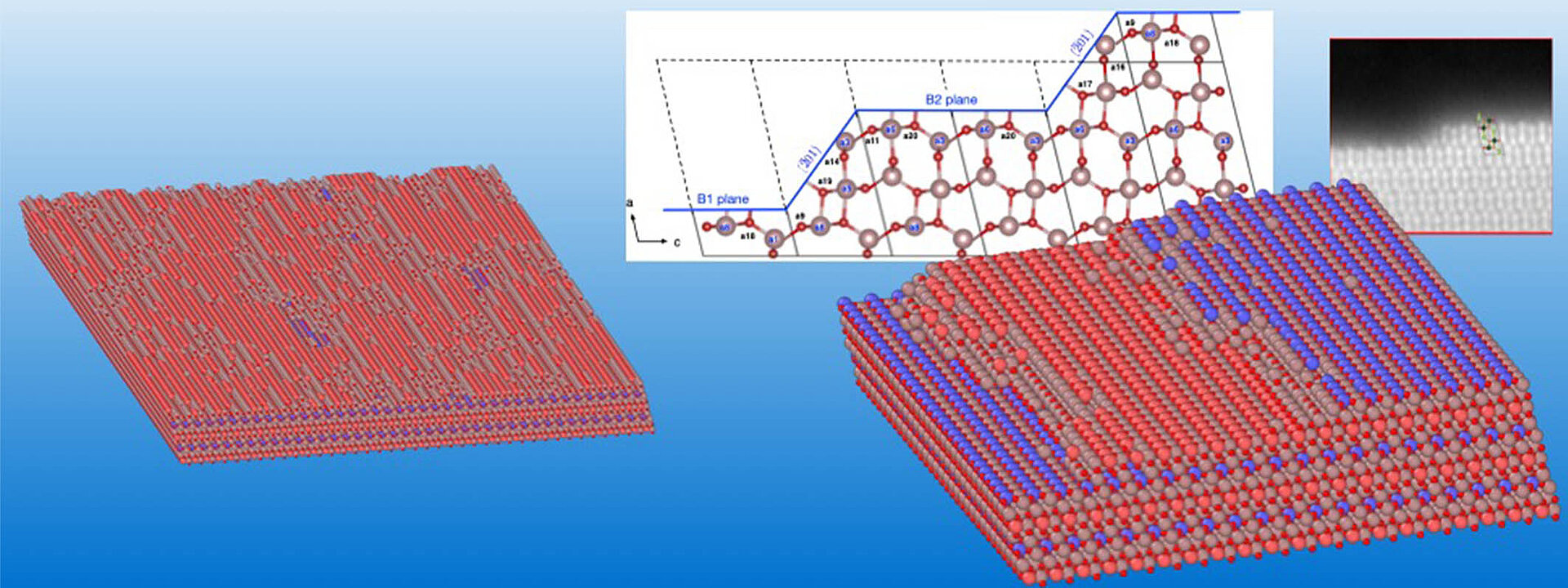
Contact
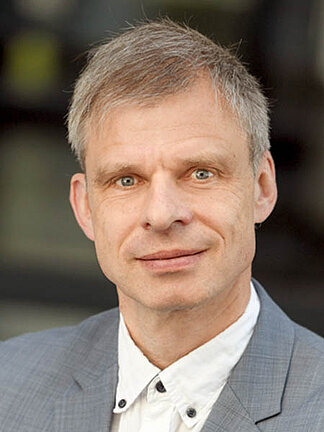
Modelling of crystal growth processes
Subject of the work are furnaces and processes for crystal growth and also for investigations of the finished crystals. Above all, as numerical tools commercially available software is used, both especially on a crystal growing process
tailored, as well as programs with a very wide diversified physical-technical applicability. The numerical models are two- or three-dimensional and simulate the growth in most cases of bulk crystals. The focus is on field distributions of temperature, flow velocity and thermal stresses.
The Czochralski growth of NdScO3 single crystals along the [110] direction is analyzed numerically with regard to the influence of optical absorption on the shape of the phase boundary between crystal and melt and the formation of thermoelastic stresses. After the axi-symmetric calculation of temperature and flow field in the growth furnace the three-dimensional analysis of the stresses is performed at which the orthorhombic anisotropy of thermal expansion and elasticity is taken into account.
Klaus Böttcher, Wolfram Miller, Steffen Ganschow
Numerical modelling of heat transfer and thermal stress at the Czochralski growth of neodymium scandate single crystals
Crystal Research & Technology (2020) submitted
Wolfram Miller, Klaus Böttcher, Zbigniew Galazka, Jürgen Schreuer
Numerical Modelling of the Czochralski Growth of β-Ga2O3
Crystals 7 (2017) 26
DOI: 10.3390/cryst7010026
Natasha Dropka, Torun Ervik, Mathias Czupalla, Frank M. Kiessling
Scale up aspects of directional solidification and Czochralski silicon growth processes in traveling magnetic fields
Journal of Crystal Growth 451 (2016) 95-102
DOI: 10.1016/j.jcrysgro.2016.07.020
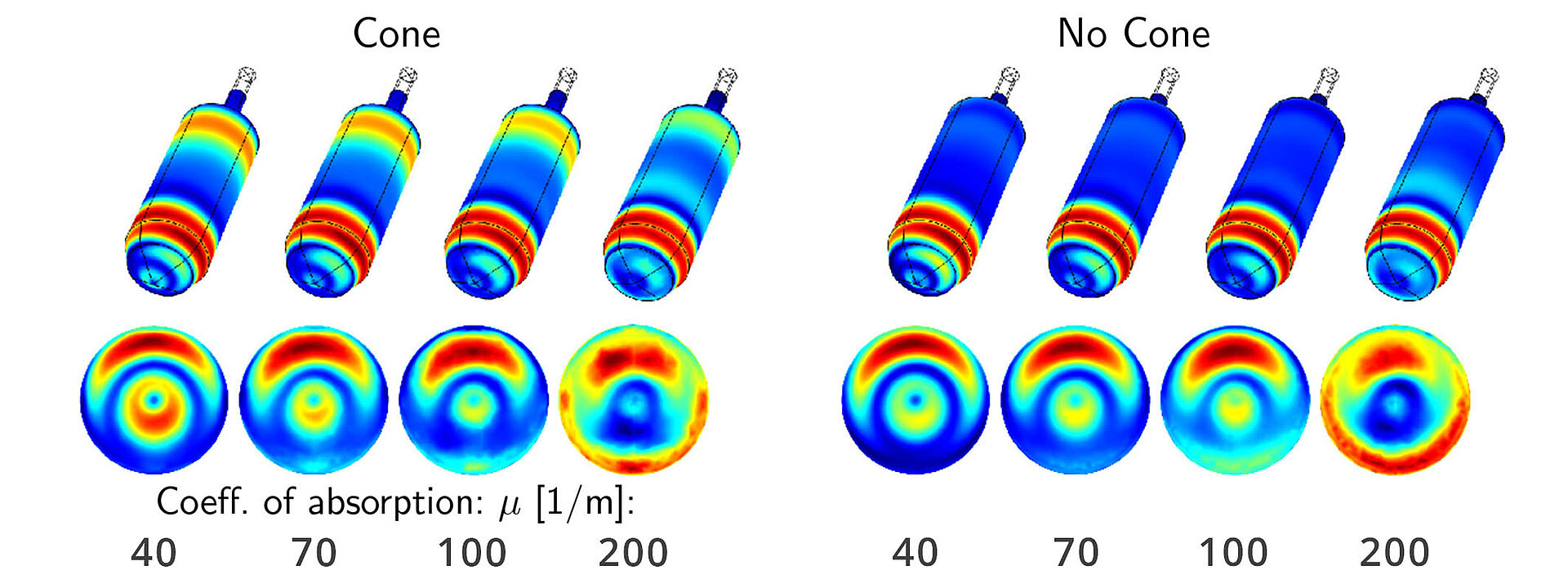
Contact
